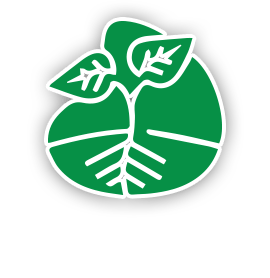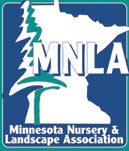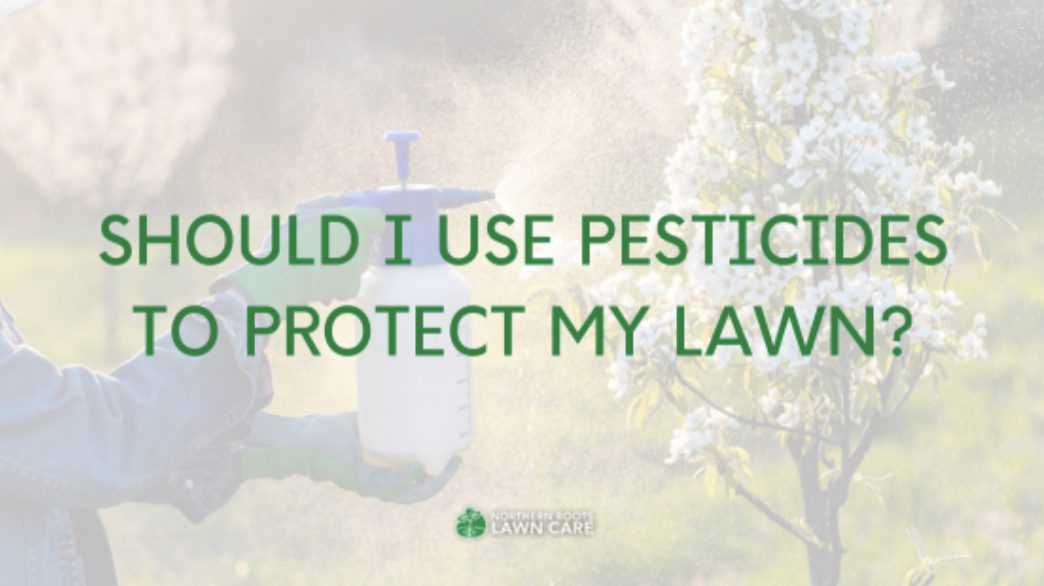All About Crabgrass
Get ready for spring! As the weather warms up, crabgrass will start to grow and invade your lawn. Wondering how to keep your lawn free of this pesky weed? Check out our tips to get rid of crabgrass this summer, or let Northern Roots help keep your lawn weed-free!
What is Crabgrass?
Crabgrass is a weed that can grow annually in thin and bare spots around your lawn. Crabgrass thrives in hot, dry conditions, growing low to the ground. Its stems radiate out from the center of the grass clump, resembling crab legs.
Can You Get Rid of Crabgrass?
There are a few effective ways to get rid of crabgrass. Here are some of our top recommendations for removing this unsightly weed:
- Pull it as it comes up. Pulling the weeds yourself may be time-consuming and strenuous on your body, but it is effective in controlling crabgrass. To properly get rid of crabgrass, pull out the weedy clumps, roots and all, using a claw or plunger tool. Dispose of the clumps in a sealed trash bag to prevent any remaining seeds from spreading.
- Use crabgrass-specific herbicides. Consider using post-emergent herbicide treatment if there are too many weeds to pull. Read the label carefully as herbicides vary and some may harm regular plants. Liquid herbicides for crabgrass are for spot treatment only. Follow label directions for safety and proper application.
- Let it die on its own. The good news is that crabgrass will die on its own if you wait until fall. The bad news is you’ll have these patchy clumps of weeds in your lawn all summer, and if you don’t remove them before they disperse their seeds, they will come right back in the spring. As it dies in the fall, just one plant will produce thousands of seeds that can germinate the following spring!
Stopping Crabgrass Before It Starts
You know the old adage: An ounce of prevention is worth a pound of cure. By maintaining your lawn properly, you may be able to keep crabgrass and other weeds from sprouting.
- Identify potential problem areas. When your lawn wakes up in the spring, inspect your lawn for bare spots that need to be addressed. Crabgrass typically emerges in these thin and bare areas.
- Feed and water your lawn. Crabgrass and other weeds thrive in thirsty lawns, so make sure your lawn receives one inch of water per week. Deep watering (soaking the soil 6 – 8 inches deep) encourages your lawn to develop deeper roots, so it can grow thicker and crowd out weeds. Feed your lawn by fertilizing every 6 – 8 weeks during the growing season. When your lawn is thick and lush, there is little space for weeds to grow.
- Seed any thin or bare spots in your lawn. Seeding bare spots will keep new weeds out by eliminating space for crabgrass to creep in and germinate. Plant grass seeds in bare spots and water regularly with a garden hose or sprinkler for deep watering.
- Apply crabgrass preventer in the spring. If you had crabgrass last summer, make sure every clump is removed and prevent germination in the spring. Once soil temps are above 50 degrees for a few consecutive days and flowers and trees are beginning to bud, pre-emergent herbicides can be applied to prevent crabgrass from sprouting. These herbicides will kill any dormant seeds left over from last fall. If herbicides aren’t an option, corn meal gluten is a natural pre-emergent you can use on your lawn (but it won’t kill any weeds that have already germinated).
- Mow smarter. Adjust your mowing height and leave your grass a little on the longer side (about 3 inches long). Taller grass helps shade the soil, as does leaving grass clippings behind. Shading the soil helps to prevent the germination of crabgrass seeds. Bonus: The grass clippings will add natural nutrients to the soil!
Northern Roots is a full-service lawn care company that will take care of crabgrass for you! Give us a call at 763-777-4233 or email us at sales@northern-roots.com to discuss how we can help keep your lawn weed-free all season long.









